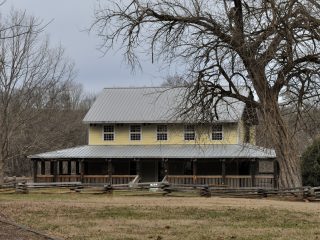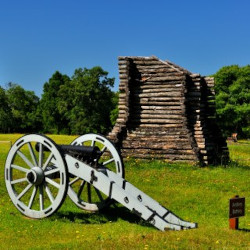Belfast Wildlife Management Area
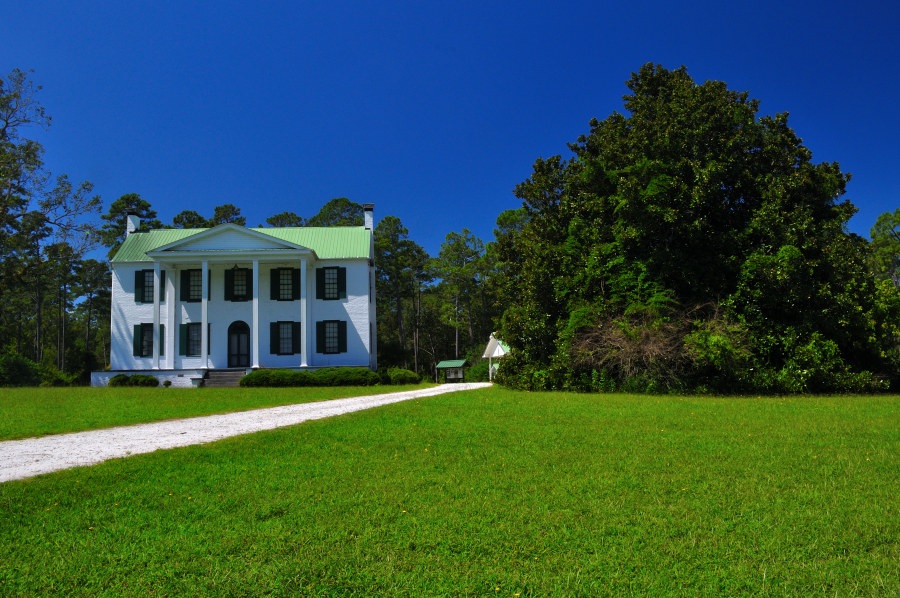
Situated along a busy highway connecting Laurens and Newberry, Belfast Wildlife Management Area stands as a testimonial to how people and nature can both thrive together and how through careful management a natural environment can be created that will last for generations.
Best described as a hybrid space, Belfast WMA is part working landscape, part heritage site, and part public recreation space. You can walk around and see with your own eyes as the land is renewed to support a rich and varied wildlife population while remaining accessible to people as well. Not a just a historic site or a state park, but a wildlife management area based on a different philosophy of land use.
So what’s a Wildlife Management Area anyway?
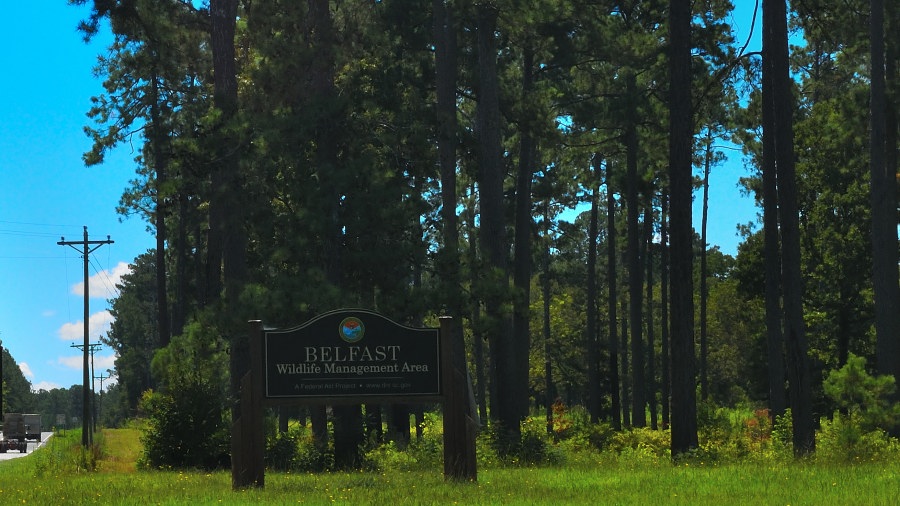
Lots of people think a WMA is the same thing as a game preserve. While there are similarities, the big difference is that game preserves are designed and managed to support hunting. And while hunting is allowed under certain circumstances in a WMA, it’s not the reason WMA’s were established in the first place. Starting after the Pitman-Robertson Act of 1937 placed a tax on firearms and ammunition with the revenue earmarked for habitat acquisition and maintenance, WMA’s started popping up all around the country.
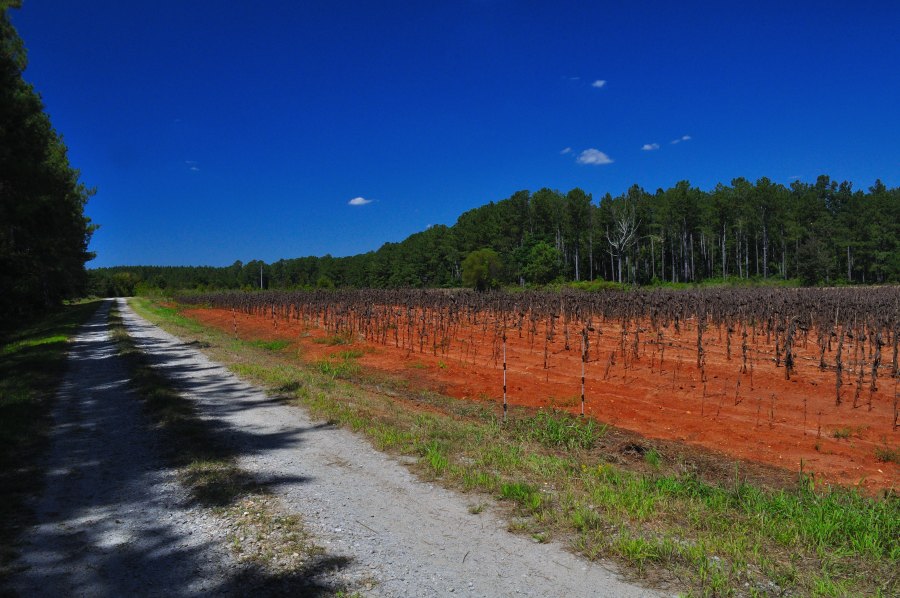
A Wildlife Management Area like its name implies is land set aside for cultivating the ecosystem to support the wildlife within. Hunting in WMAs is used as a management tool to keep herds from overpopulation as opposed to recreation.
Since the WMA is focused on wildlife, you won’t find the usual infrastructure here that you would expect to see in a State Park. WMA’s are designed to put wildlife first and people second, so no picnic tables, no campsites with RV hookups, no easily followed hiking trails. What you will find is a more primal environment than in most state parks.
Although in some cases this environment may seem off putting to people. For example, Belfast WMA feels very much like a tree farm in places (which is to be expected based on its past use as a tree farm) which some people might find disconcerting but doesn’t bother the wildlife at all.
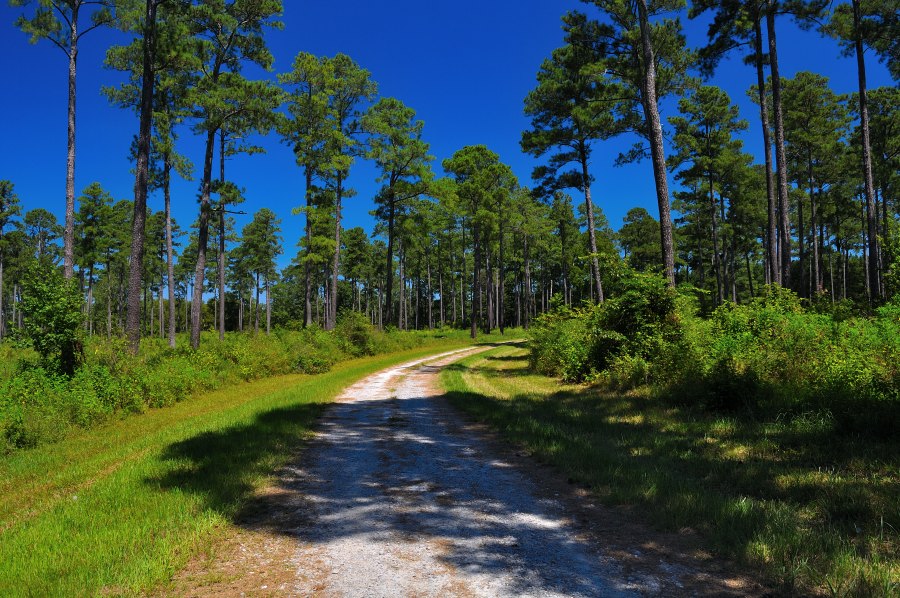
What’s to do at Belfast WMA?
Most of the time hikers and birdwatchers are welcome at Belfast WMA. Horseback riding is also allowed but only on roads open to vehicles. The only times that the area is restricted is during deer and turkey hunts due to safety concerns.
Hunting at Belfast WMA
Belfast is managed by the South Carolina Department of Natural Resources with the goal of conserving and supporting the wildlife within, so hunting is a tool used to control the populations as opposed to a reason for the WMA to exist.
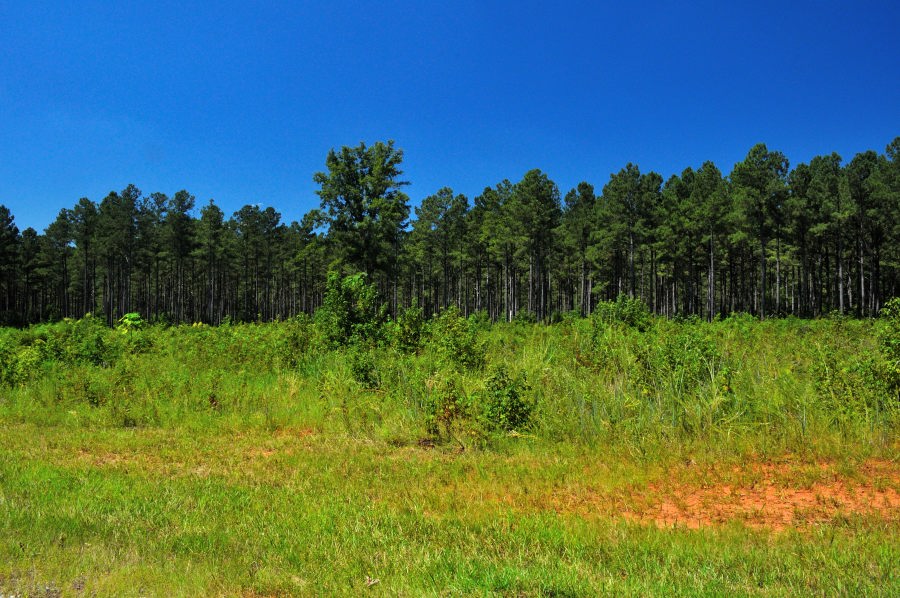
Still hunters from all across the area take their chances in a draw to be allowed to hunt here. In addition to being selected in the draw, hunters must have a valid state hunting license, Wildlife Management Area Permit, and a Big Game Permit as well.
For more information about hunting in Belfast visit the SCDNR website at: https://www.dnr.sc.gov/hunting/deerlotterysites.html
Visiting Belfast WMA
As you would expect, most of Belfast is heavily wooded and wild. You’ll find three access points along Highway 56 that will take can deep into the wilderness.
Belfast House

The closest thing you’ll find to infrastructure is at this first entrance at the plantation house built just after the Revolutionary War. This two story home with a truly massive front door is located only a few yards from the highway and unless you’ve been here before, you might think it’s a private residence. Have no fear, though, it’s publicly owned and you can pull right up to the backdoor if you like. Unfortunately the house isn’t open to the public and there aren’t any tours, but it is used from time to time by the SC-DNR for education and outreach programs.
The outbuildings around the home are used for hunter check in and posting of rules and regulations. You can also pick up a map of the WMA by the check in table at any time.

Archery practice stands are set up all around the open area surrounding the home. One archery station has a wooden tower to practice shooting from a stand in the trees. Even though this isn’t the rifle range, you don’t want to wonder into the woods here. You can safely wander around the outside of the house and the clearing around it, but if you want to get out and enjoy nature, hop back in your can and head down to one of the other entrances.
Main Road Entrance
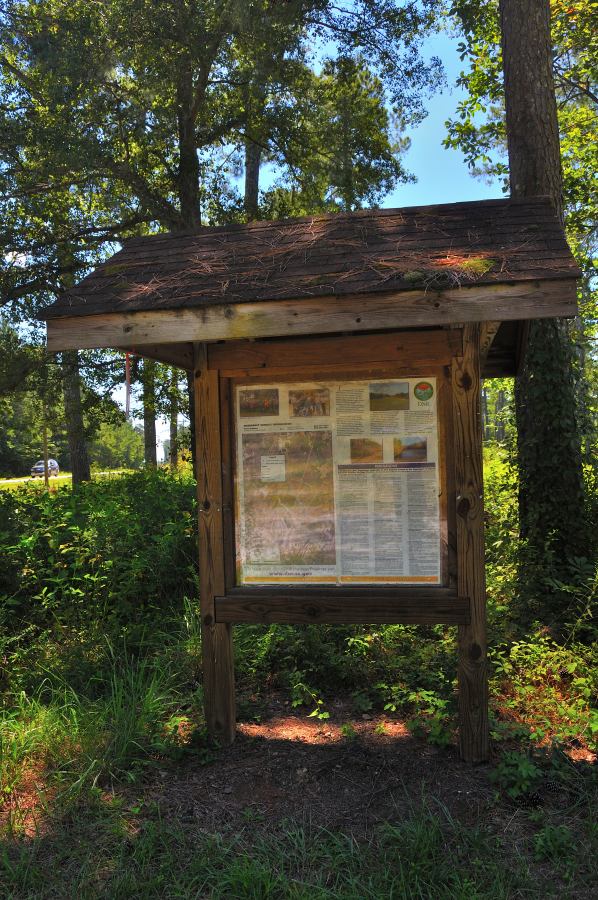
Less than a mile down the highway, you’ll find this second entrance. Keep your eyes open for the kiosk along a gravel road. This entrance is pretty easy to spot as you drive along Hwy 56.
The roads in Belfast are all gravel and really well maintained. If you’re just here to enjoy a little alone time in nature, you’re likely to find just that. When there isn’t a hunt going on, few people drive out here. There are plenty of places where you can park on the side of the road and just wonder around or hike on one of the roads that’s closed to vehicles

Just because there aren’t any other people around doesn’t mean you’ll be alone. Belfast WMA is the ideal habitat for not only game species but other species as well. You’re likely to see deer, wild turkey, dove quail, bobcats, coyotes, songbirds, snakes, and if you’re really lucky a raptor or two. All living in a forest maintained just for them.
Dove Field Entrance
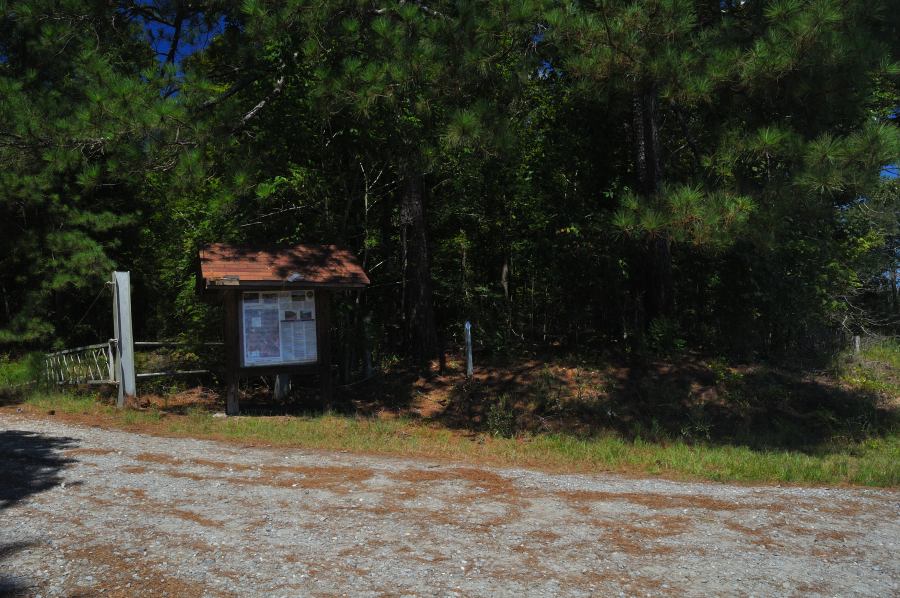
Birdwatchers take note, this is where you want to go. The dove field is plated annually with sunflowers, millet, and sorghum and left largely undisturbed through the growing season. This field becomes a smorgasbord for all types of birds. You’ll likely to see Indigo Buntings, American Goldfinches, Pine Siskins, Purple Finches, Kentucky warblers, and American woodcocks to name a few.

Just strolling around the dove field, you’ll hear so many birds singing in the trees from spring to fall. At this point you’re about a mile into the WMA and far enough from the highway, that the only sounds you’ll hear are the sounds of nature.

Just be sure to visit before dove seasons starting in early September. Hunting is heavily regulated in the WMA, so there will never be too many dove hunters here, but best to err on the side of caution. Also, you don’t want to get in the way of DNR officials enforcing the hunting regulations.
For details on our visit check out our Belfast WMA Field Report
History of Belfast WMA
The oldest records of what is now Belfast WMA date to the earliest days of Laurens County which was founded on March 12, 1785. The following year Col. John Simpson arrived and set about taming the wilds of the Carolina Backcountry.
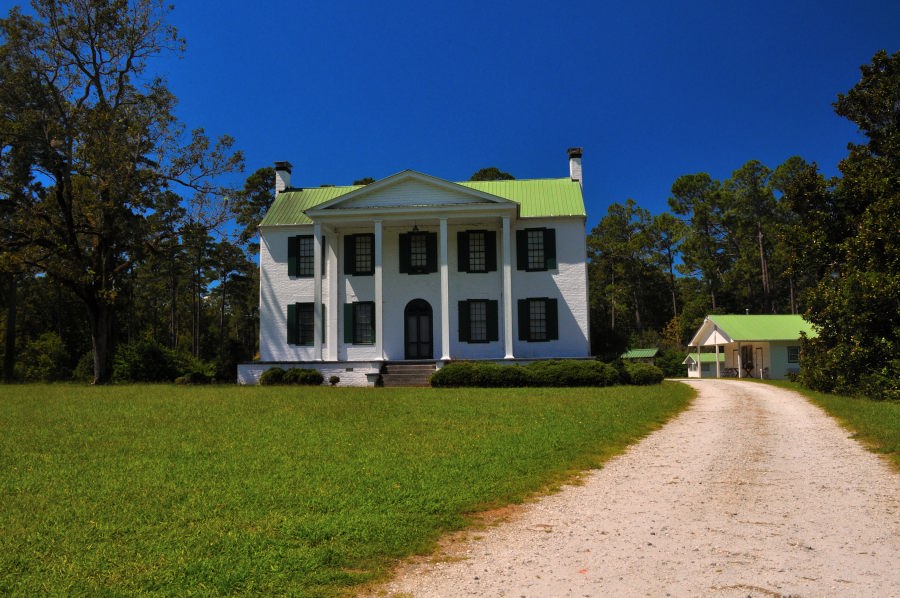
In 1786, Simpson settled just east of the area then known as Milton which was between present day Joanna and Cross Hill along the Little River. He constructed a Federal Style Home, which was the style of the time, and named it Balfast House after his home in Ireland.
To further connect his new home with the land of his birth, he imported bricks from Ireland to build his home. For the interior, he imported black walnut mantels and other interior woodwork from his wife’s native England.
Federal Style homes hearken back to Roman Classicism and were especially popular from 1785 to 1815 in the newly independent colonies. Built in 1786, Belfast House stands as an early example of this style. They are typified by multi story rectangular homes with windows in symmetrical rows and fanlight over the front door.
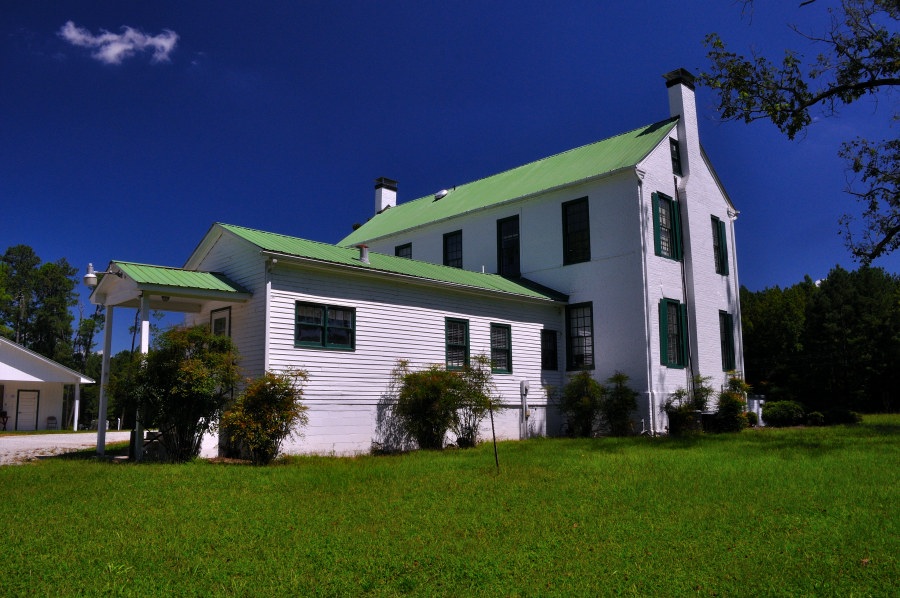
Simpson moved into his new home with his bride of six weeks, Mary Wells and lived a rather typical life for a backcountry landowner. He served in the SC House of Representatives from 1804 to 1826 and operated the only post office between Laurens and Newberry.
After his death the land passed through successive generations until it was bought by the Champion Paper Company in the 1940s and it began its journey back to wilderness. The paper company used the land as a tree farm where trees were harvested and replanted. Part of the land was converted into a game preserve and Belfast House used as a hunting lodge where executives of Champion and their guests would stay during hunts.
This land use since the 1940’s made Belfast the ideal spot to expand the Wildlife Management Area program into as much of the work had already been done. In 2008, the SC DNR bought the property from now International Paper and continued restoring the land to its wild state.

